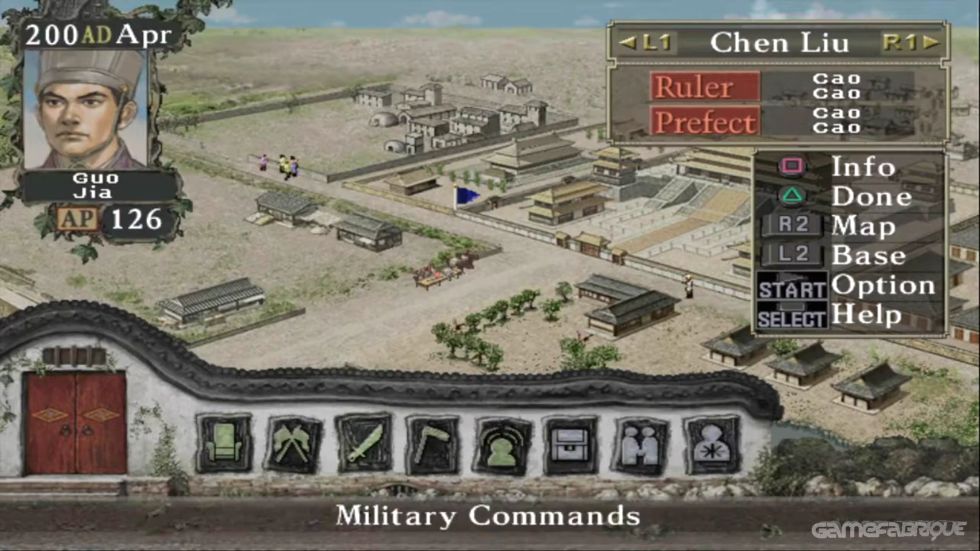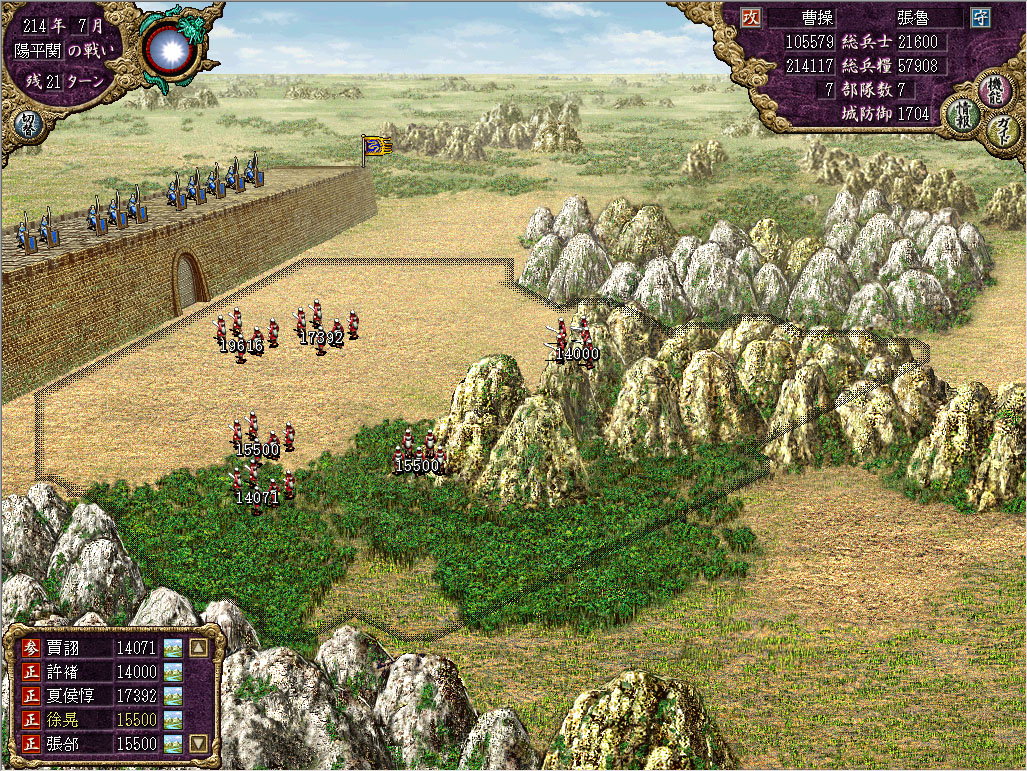
It’s also a refreshingly different approach, to say, Total War: Three Kingdoms. Once certain criteria are met, you can watch a cutscene of a historical event – this, coupled with the narrative setup for each scenario, really helps to teach players the history of the period. I also really enjoyed the narrative beats.

I also love the ways in which characters and their battle tactics synergise – it neatly emphasises the iconic relationships of the period, such as the oath between Liu Bei, Guan Yu, and Zhang Fei, strengthening historical ties with game mechanics. Just like most things in XIV, there is an initial appearance of simplicity, which through scale can escalate into complication – usually the signature of a good wargame. I really like this it means you have to watch your flanks, and necessitates the use of fortifications like earthen walls or arrow towers. If an opponent cuts off your supply line, separating your influence trail from your city, your forces will start to decline. When battle does inevitably occur, the decisive factors boil down to formation, tactics, terrain, and supply lines. You won’t have control over either of them, but it’s a nice touch of flavour which breaks up multiple-turn spanning conflicts.

When two armies are fighting on the campaign map, if both of their commanders have the duelist trait, you might get to see them face off against each other in a cinematic, Dynasty Warriors-esque cutscene.


 0 kommentar(er)
0 kommentar(er)
